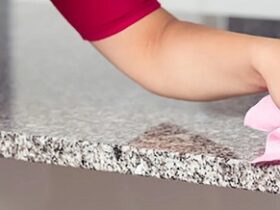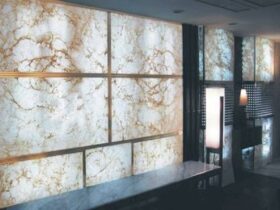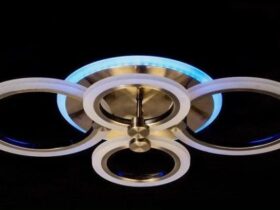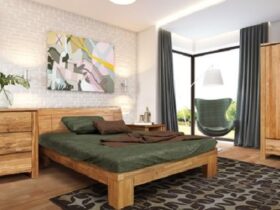If you open any database of ads for the sale of real estate in Cyprus, you will see: almost all interior options will be presented in high-tech style.
Or maybe it’s constructivism? Or minimalism?
At first glance, all three styles are very similar, and they are often confused. Now we will tell you how to distinguish one from the other, and also reveal little secrets why these styles are so popular in Cyprus.
1. Common features of minimalism, constructivism and high-tech
In general, constructivism appeared before the other two styles and became their “progenitor”. Constructivism was originally conceived as a simple and functional way to design an interior with an emphasis on a minimum number of things.
Minimalism is the first “child” of constructivism. Its feature was, as the name suggests, the very minimum of things. But at the same time it is quite interesting and cozy, as it allows you to play with the shape, material and shades. The motto of this style is: a minimum of things with a maximum of their beauty and functionality.
Hi-tech appeared later, it is the second “child” of constructivism. He focused on the novelties of technology (from the abbreviation tech– technology). This allowed him to introduce new materials into the interior design and, consequently, create a completely new atmosphere.
So, the common features of all three styles are:
- A large space and its freedom. The most important emphasis is on the minimum of things in the house or apartment. This is also facilitated by an open layout with zoning, “second light” and panoramic windows.
- The predominance of white and its accentuation with cold shades. The color scheme is as restrained as possible, the main tone is white. It is “framed” with gray and cold beige shades, accents are placed in black, in rare cases one contrasting color is added (red, bright green, juicy brown, etc.).
- Minimum amount of furniture and decor. This does not mean that you need to leave the walls, floor and windows “bare” and completely abandon textiles, but moderation should be clearly traced.
- Functionality and practicality. The use of every element of the interior (even decoration) should be justified and work for some purpose.
- Emphasis on geometry. Lines, corners, rounding — all this forms the style and is an integral part of it. Straight lines, regular shapes (square, circle, rectangle, ellipse, etc.) are appreciated.
- Lighting — in sufficient volume, but not excessive. As a rule, they try to get light from large windows, that is, natural lighting is appreciated. Lamps are usually selected with moderately cold light.
- High quality finishing materials. All finishing must be done at the highest level. For example, on a pure white wall, even the slightest irregularity will catch your eye, so you can’t save on repairs and materials.
These are the most common and striking features. Moderation, cool shades and space are the three pillars on which these styles are based.















Leave a Reply